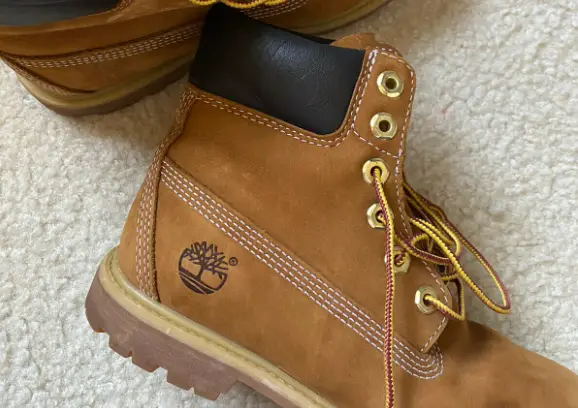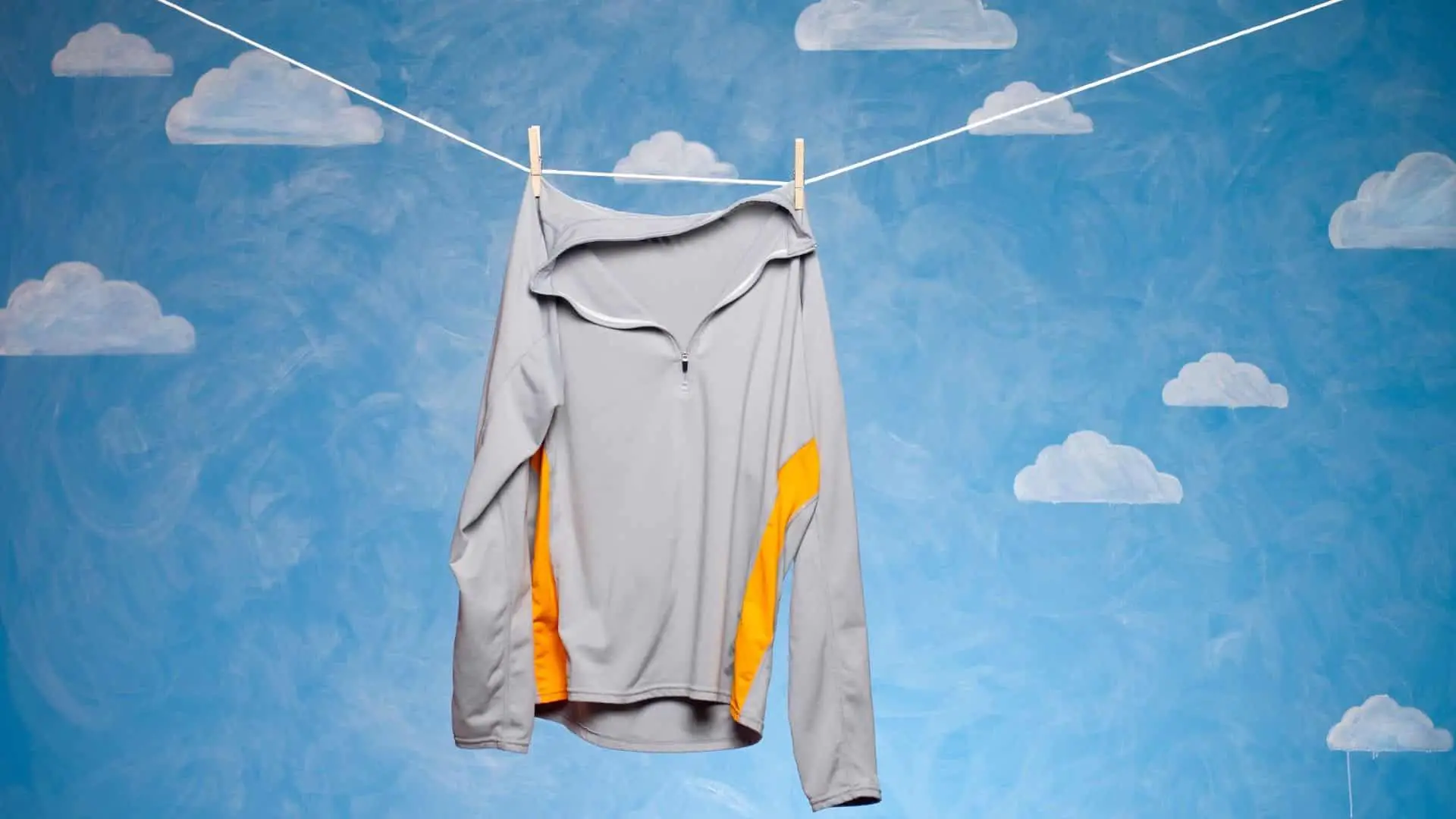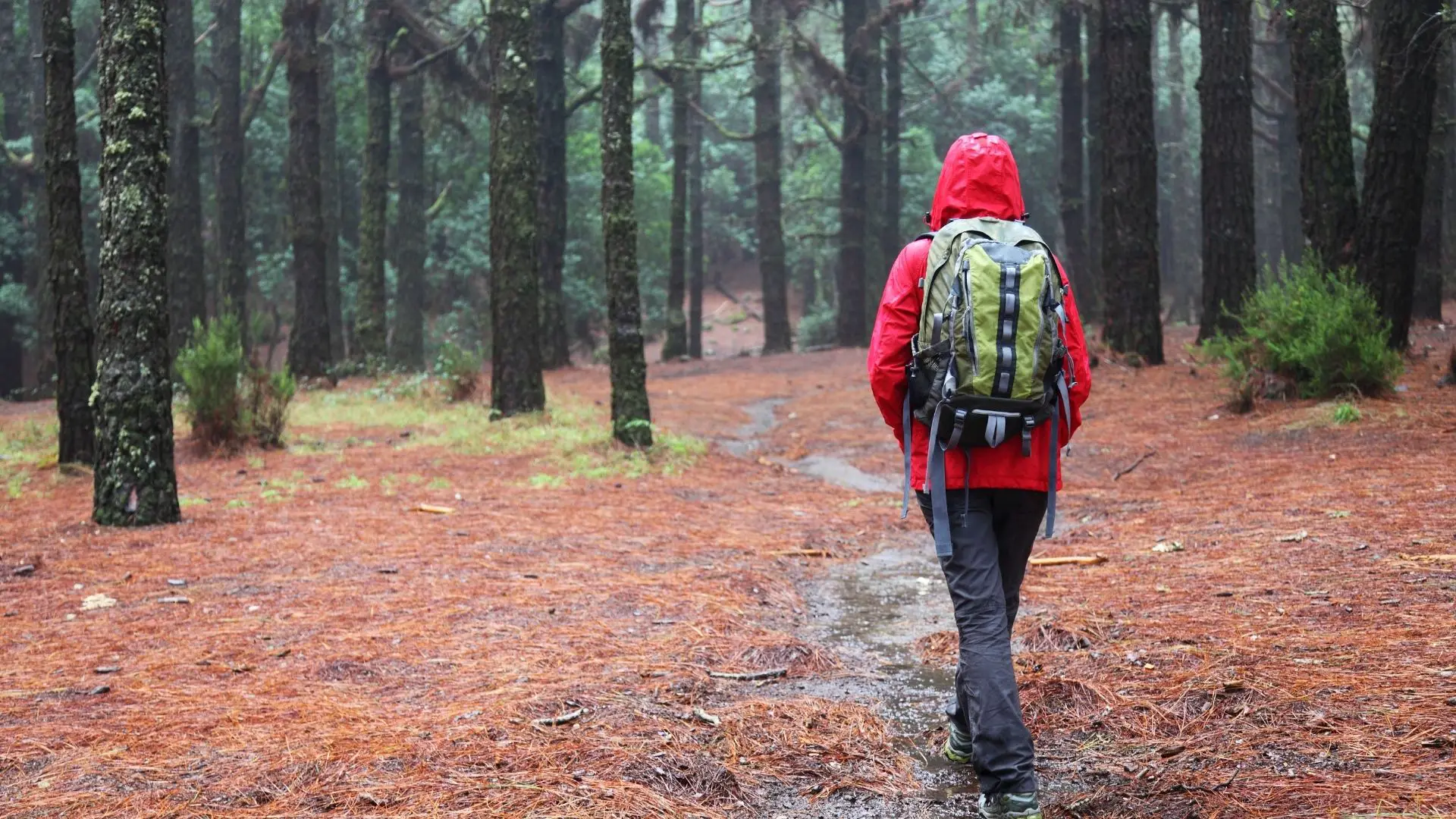Hiking boots are becoming a rare sight on trails these days. Most people are shifting towards lightweight/comfortable trail runners, but there’s another trend that might surprise you. I’m seeing more people wear hiking sandals on the trail, but is it really a good idea?
Can You Where Sandals For Hiking? Sandals are a great alternative to trail runners in the summer. They’re lightweight, comfortable, and dry fast. However, they do offer less foot protection than trail runners.
What are the main benefits to hiking in sandals and can you really hike long distances?
Table Of Contents
Can You Hike Long Distances in Sandals?
Lots of thru-hikers have been switching over to hiking sandals in recent years. One of my close friends hiked most of the Appalachian Trail in a pair of Chaco Sandals. I’m not that committed to the cause (I prefer trail runners), but sandals are great on warm weather hikes.
I’m not talking about cheap Wal-Mart flip flops or crocs. If you plan on hiking long distances, you need a pair of dedicated hiking sandals that offer arch support, aggressive soles, and sturdy straps.
What are The Best Sandals For Hiking?

It’s worth spending the extra money on a quality pair of sandals. You don’t want to end up in the middle of nowhere with a broken sandal strap. Here are a few of my favorite brands of hiking sandals.
- Chacos: The classic Chacos are by far my favorite hiking sandals. They’re affordable, sturdy, comfortable (great arch support) and lightweight. Chacos offers a bunch of different options with aggressive soles and crazy color patterns.
- Xero Shoes (Z-Trail): Xero sandals offer some of the lightest sandals on the market. These minimalist shoes make are designed to feel like you’re walking barefoot. I keep a pair of Xero Z-Trail’s in my pack on most day hikes.
- Merrell Hiking Sandals: Merrell sandals aren’t as light as other options on this list, but they’re built tough. These are great hiking sandals if you’re on a budget.
- Keen Sandals: I really like the closed toe design on the Keen Newport Sandals. These are basically a cross between trail runners and sandals. They dry fast and offer additional foot protection in rough terrain.
I’ll continue to go over a few of the different sandal styles in the following section.
Buying Advice
Hiking sandals usually have open toed airy designs, but depending on your preferred hiking style you might want different features.
- Classic Backpacking Sandal: The Chaco Classic and Z Cloud use an open toe design with a top strap and firm outsole/midsole. Extra top straps offer more support when carrying heavier loads. These are great long distance sandals when you need excellent arch support.
- Sporty and Amphibious Sandals: You need sandals with a stickier outsole if you spend a lot of time kayaking and hiking in slippery terrain. Amphibious shoes tend to have extra tread and lots of drainage ports on the sides/bottom. Make sure you realize that extra traction means faster wear on the soles of your shoes. I really like the minimalist design in the Xero Shoes Z-Trail sandals. The Merrell Shandal is another great choice, but it’s more of a hybrid water shoe than sandal.
- Comfortable Travel Sandals: Travel sandals (Ecco Yucatan) offer additional cushion, while sacrificing weight and dry time. These sandals are great for long hikes on manicured trails, when you don’t have to carry heavy loads. Just make sure they don’t get wet.
Support
The type of midsole used in your sandal determines how much support it has while carrying a heavy load. Most sandals are constructed with either a EVA or Polyurethane (PU) insole.
Your typical hiking sandal like the Chaco Classic has a PU midsole to give you extra support. Sandals designed for comfort will normally have an EVA midsole which can carry light loads (under 20lb pack).
Personally, I would spend the extra money on a PU midsole. The sandals will last longer and you have less risk of injury (rolled ankles).
Sole (aka Outsole)
The sole (aka Outsole) is the bottom most layer of the shoe. It’s the part that touches the ground. Outsoles are usually made from a rubber compound.
You want a stick outsole with an aggressive pattern on technical terrain, and smooth pattern for mild terrain. Lots of knobs, grooves, and bumps will allow your sandals to dig down into the mud. Aggressive tread patterns will wear down fast.
Strapping

Most sandals use a webbing/straps instead of laces. Hiking sandals usually have 3 straps to secure your foot (Chaco’s Have 4 Straps). Some people like an additional big toe strap, but I prefer the open design so I can throw on socks if it gets cold.
Traditional shoelaces are only found in hybrid style shoe designs. Hybrid sandals like the Merrell Shandal are great for high mileage hiking where you need additional security. They’re basically like crocs that don’t slip off your feet.
Why Should I Hike In Sandals?
I’ve been slowly moving away from trail runners in the past 5-10 years. You just can’t beat the comfort and breathability of hiking sandals in warm weather. If the weather is nice I almost always choose a pair of hiking sandals.
1) Lightweight: Easier to Hike
Carrying extra weight sucks up a ton of energy on long hikes. You probably won’t notice a few extra pounds in your pack, but there’s a huge difference between 3lb hiking boots and 1lb sandals.
Experienced hikers even have a saying for this “One Pound Off Your Feet Equals Five Pounds Off Your Back”. Jörgen Johansson did a scientific study and found weight on your feet required 4.7-6.4 times as much energy as the same weight on your back. So swapping a pair of boots for sandals is like taking 10lbs out of your pack.
2) Breathable: Reduces Sweat and Blisters
In boots and trail runners your feet will be trapped in socks all day. Your feet will sweat no matter how breathable your shoes are. Sweaty feet and friction is a recipe for blisters.
Sandals are way more comfortable on hot sunny days. Your feet can breath and the breeze will quickly dry your feet. This will really cut down on blisters over the course of a long hike.
However, you will have to deal with hotspots wherever the strap rubs against your skin. Your feet will eventually get used to this, but you might need to take precautions at first.
Adjust where the strap sits on your feet and use athletic tape or bandaids to make a barrier over hotspots. I usually carry a pair of Smartwool Socks in my pack at the beginning of the season. Merino wool socks are cool in warm weather, dry fast, and offer a layer of protection over hot spots.
3) Dry Fast: Water Crossings Made Easy
Sandals make crossing rivers and creeks so much easier. You don’t have to take off your shoes/socks before crossing a river and there’s less risk of injury crossing barefoot. Just march right across and keep heading down the trail.
Being able to dunk your feet in a cool stream is easily the best part about wearing sandals. No more worrying about drying socks on your pack and balancing on logs so you don’t get wet. The sun will dry your feet and sandals fast so you won’t have to worry about hot spots.
A Few Minor Drawbacks With Hiking Sandals
Sandals are an excellent choice for hikers, but there are a few minor drawbacks. I love my Chicos, but these are the main reasons why I haven’t completely made the switch.
1) Abrasive Straps: Cause Blisters
Sandal straps are somewhat abrasive. This can be a serious problem over the course of a long hike. You will probably experience the occasional blister and hot spot when you first start wearing sandals.
Water, dirt, and sand will make matters even worse. Straps will dig into your feet causing serious problems. I recommend carrying a roll of athletic tape and merino wool socks to fix up any hot spots. You might also want to dry up your feet with a towel and take a quick 5-10 minute break after river/stream crossings.
2) Exposed Feet: Bugs, Animals, Sticks/Stones
Letting your toes free is great for comfort, but there are a few potential dangers. Wearing sandles leaves your feet exposed to the elements. You can reduce the risk by following a few basic safety precautions.
- Sun Exposure: I always forget to apply sunscreen to my feet whenever I wear sandals. Make sure you carry a good high SPF sunscreen and apply it every 2-3 hours. You don’t want the tops of your feet to burn and blister.
- Cold: Sometimes it’s hard to figure out how cold it will get once the sun goes down. I always carry a pair of merino wool socks (my favorite) in my pack just in case. You might look like a dork wearing socks and sandals, but they help in the cold and reduce blisters.
- Poison Ivy: I tend to have a steady case of poison ivy all summer long. Wear socks with your sandals when hiking through thick grass and try to stick to established trails. Wash your feet with Tecnu Poison Ivy Scrub if you think you’ve come into contact with poison ivy.
- Ticks and Bugs: Hikers will get insect bites and the occasional tick bite when hiking in sandals. Check for ticks throughout the day paying special attention to the edge of your ankle strap, pant/neck/arm/hair line, and behind your ears.
- Loose Rocks and Sticks: You will most likely end up with loose rocks and sticks getting lodged into your sandals. Step carefully and try to avoid dangerous situations. I usually end up with a few scrapes by the end of a long hike.
3) Broken Straps
There’s no getting around this serious problem. If you wear sandals long enough the straps will eventually break. This is why it’s important to buy a pair of high quality hiking sandals with sturdy straps. Cheap sandals are meant to casually walk around the beach not hike through tough terrain.
Durable straps will be hard to break, but it can still happen. I always carry a roll of duct tape just in case. Throw on a pair of socks if you have them and use duct tape for a quick field repair.




